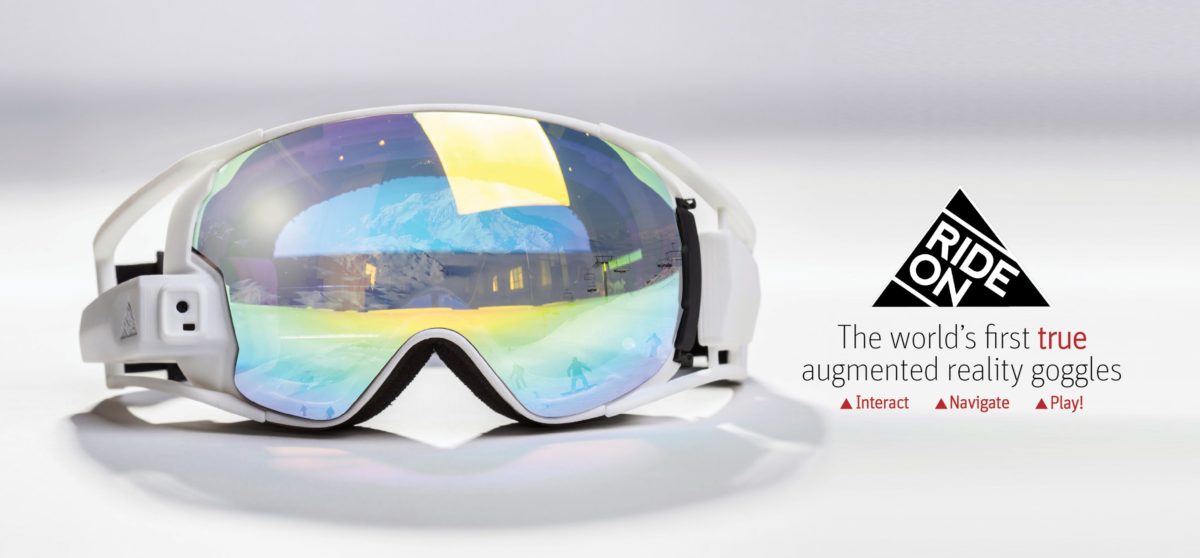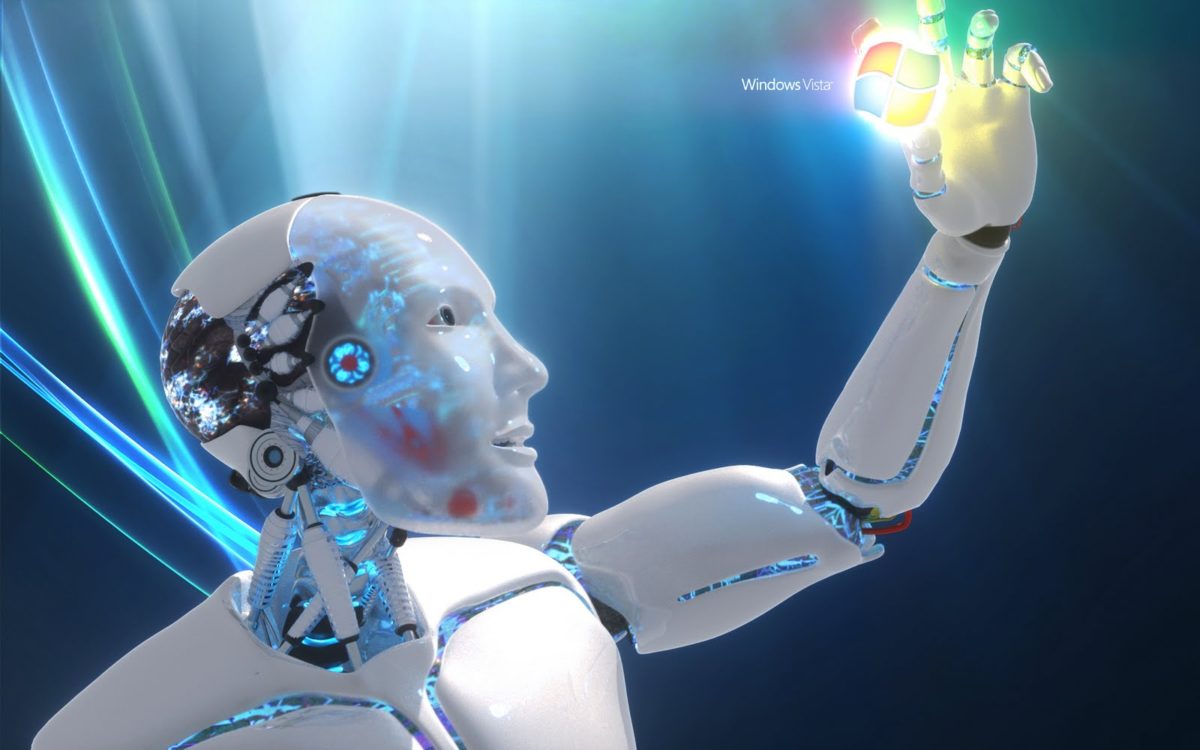“Bring AR to the slopes with the world’s first augmented reality ski googles.
Interact, navigate, play.”
RideOnVision
We are all familiar with the hassle of reaching out for our phone whilst being on the slopes. Whether it’s to call a friend, change a song, take a picture of the beautiful scenery, or even to check the time, the thought of removing your gloves to embrace the frozen air is chilling. But imagine being able to do all this without using your hands at all?
RideOn Ski Goggles offers the world’s first AR ski experience, fusing the augmented reality experience with snow googles. One of its biggest perks is the fact that it’s operating system is based on Android 4.4 with virtual maps, thus preventing yourself from getting lost again. Its integrated camera enables up to 3 hours of HD video recording, while communication functions allows you to locate, message, and even (video) call hands-free. Instead of disconnecting you from physical reality, like virtual reality (VR) goggles, AR adds another layer to the physical world, enhancing the entire experience.
Watch a quick video of the goggle’s in action – here –
RideOn started in 2014 and a year later overachieved their crowdfunding goal via Indiegogo (151% of $75,000). For now, these goggles are RideOn’s flagship product, and have already been shipped to hundreds of early adopters around the world. The startup hopes to soon bring AR experience to motorcycling, sailing (seen below), aviation, and other outdoor activities, thus disrupting the sport industry.

While the integration between AR and sports may sound fun, some would think that it would lead to more accidents due to all the distractions. However, RideOn was built with safety in mind for both the rider and skiers/boarders around you. The goggles automatically detect motion and switches to an extremely minimal riding mode to avoid any sort of distraction. All the messages and calls will be delivered and seen only when you are fully still.
Moreover, settings such as playing mini games and tracing your friends while riding down will actually add minimal information embedded on the snow. Within a few minutes, the brain adjusts and the information available resides to reality. Therefore, the AR visuals will not obstruct your ride nor display any serious distractions. The goggles were designed to enhance the downhill experience, not diminish it
However, there is still a small drawback. With the release date approaching this month, the pre-order price on their website hits $629, with the retail price being $899. On top of the RideOn AR Ski Goggles, the buyer will receive access to piste maps and points of interests of all major ski resorts around the world. Even though the experience may definitely appear unique and exciting, for now it is still quite costly.
Would you introduce AR into your outdoor activities? Personally, I think this technology integration was inevitable and will only grow from here. Despite the high price, I would definitely ride with a pair of RideOn goggle’s.

Related Articles:
- https://www.indiegogo.com/projects/rideon-the-first-true-ar-goggles-for-snow-sports#/
- http://www.highsnobiety.com/2016/08/22/rideon-ski-goggles-augmented-reality/
- https://www.rideonvision.com/new/
- https://www.rideonvision.com/new/rideon-lifestyle.php#our-story
- https://www.youtube.com/watch?v=PwzrDIF2U2o



